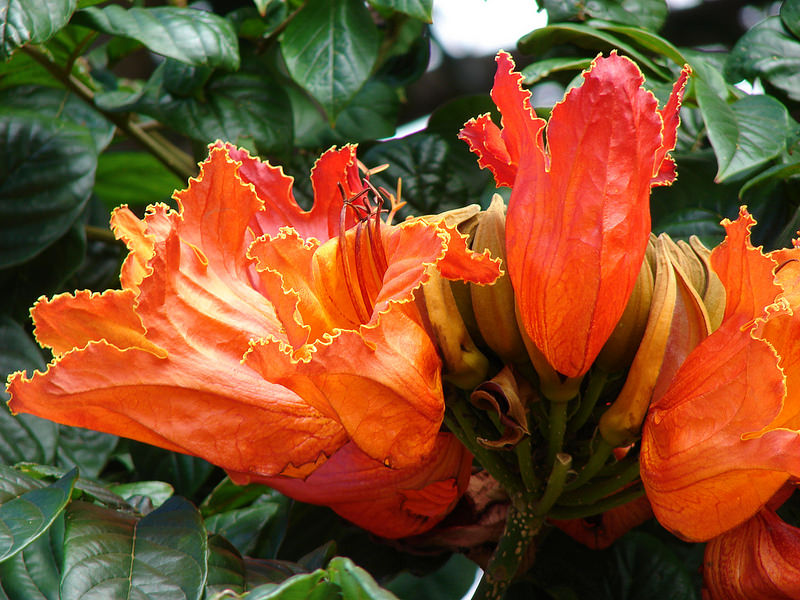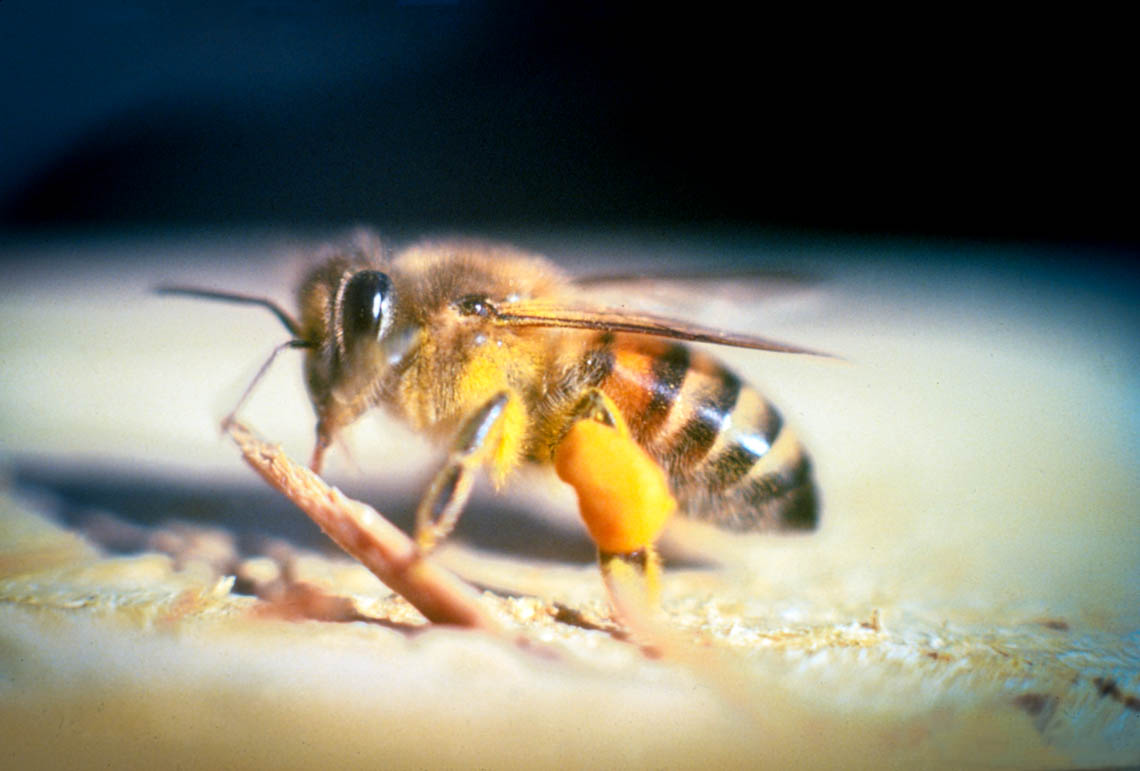Nominations are now being accepted to honor invasive species prevention efforts within Maui County. The Malama i ka Aina…
Read More
Natural enemies could tame invasive Himalayan ginger
The subtropical rainforests in the foothills of the Himalayan Mountains are amazingly diverse. In sections of India and Nepal, the…
Read More
A possible solution for the weedy tibouchina
Tucked away in the rain and fog of the West Maui mountains are uniquely Hawaiian treasures: high-elevation bogs carpeted…
Read More
African Tulip Tree
An African tulip tree in bloom is a remarkable burst of color. Consequently, the tree has earned many monikers: flame…
Read More
Africanized honey bees could threaten Hawaiian honeybee populations
In 2011, alert harbor workers in Honolulu noticed bees inside a container of medical supplies shipped from Long Beach California….
Read More





